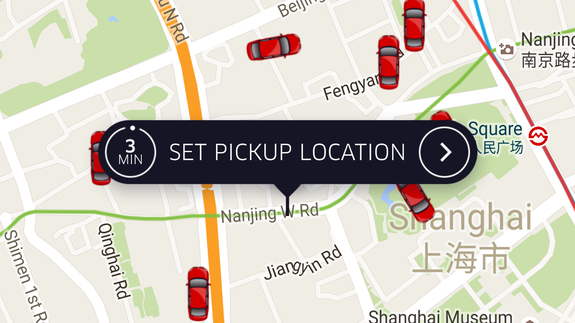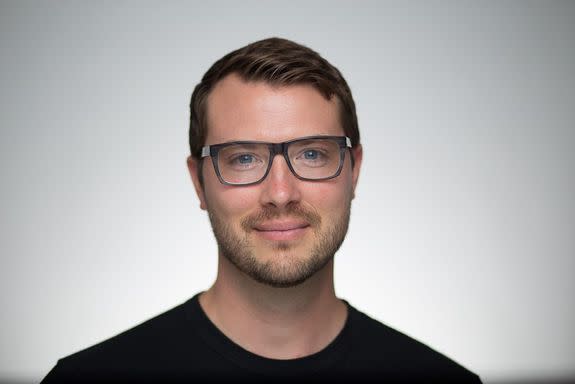How Uber is designing an app that works in more than 400 cities

Uber may have been the target of considerable (and deserved) flack for its new logo in February, but the rideshare company has bigger design challenges on its mind than simply rebranding.
Uber wants to make transportation "as reliable as running water," Ethan Eismann, Uber's director of product design, said at the Semi Permanent design event in Sydney Thursday. To do that, they're going to need an app that works in more than 400 cities and counting.
SEE ALSO: Uber finally gets its big automotive partner: Toyota
Eismann spoke with Mashable Australia after the event to discuss how the platform is approaching this considerable design task, when everything from traffic conditions to mobile coverage to local customs are enormously different in each city.
Adapting to local conditions
For Eismann, how Uber adapted its product in India is a canonical example of its ability to design for the intricacies of local markets.
When rolling out in the country, the company realised the lack of credit card penetration could become a problem. It began experimenting with cash payments in certain cities, despite having built itself as a cashless platform.
"That's such a unique and special case, because it defies some of the core concepts of the fundamental model: where you press a button and a car comes, you get out, and that's it," he said. "That wasn't an easy decision for us to make."
Now they have the ability to offer a cash option, Uber can more easily implement it in other suitable markets, such as Singapore, which launched the cash payment option in April.
In cities like Mumbai, Uber will also have to adapt to local infrastructure, such as the frequent lack of street addresses. "We're thinking about ways to allow riders to take photos of the location where they're at and share that with the driver," he said at the event.

Image: Uber
Another significant challenge is the differences in mobile network coverage — places where 4G or even 3G may be nonexistent. If GPS drops out for example, the team is working to ensure Uber is able to understand your route even if you're offline for a certain period.
According to Eismann, it's important for the design team to think not only of the ideal Uber experience in ideal conditions, but also how they can scale it back when mapping conditions are less robust or data speeds are weak — essentially, building an experience that works just as well in 2G.
"We're not going to design an experience that will fundamentally require a massive amount of data to download," he added. "We're essentially 'degrading gracefully' in areas where people don't have as much data bandwidth."
Designers become anthropologists
Uber wants its app to be global, of course, but also to become irreplaceable in each city where it operates — a goal that requires local adaptation.
To that end, the design team aims to make each rider's experience with Uber "75 percent consistent" across each city, Eismann said. The remainder will be customised to local conditions and customs.
This approach means Uber's designers themselves need to adapt. "They may come from a product design background and be used to pushing pixels around a screen ... but ultimately, they need to become economists when working on a marketplace," he said. "They need to become anthropologists, because they're working with people. They need to become sociologists."
The majority of the product team is based in San Francisco, but the basic platform they design there is intended to be adaptable across different markets.
"We essentially share that out with city teams across the world, and they're able to customise it to meet the local needs," he said. The company also has research teams that travel to China and Southeast Asia, in particular, to investigate what might work best in the market.
If its design approach is successful, Eismann even suggested Uber could become something of a travel aide.
"You might get off a plane and the first thing you do is open up Uber," he explained. "If we can be there for you, helping you understand how to get to your destination, while giving you a feel for the city that you're in, that's a magical experience."
